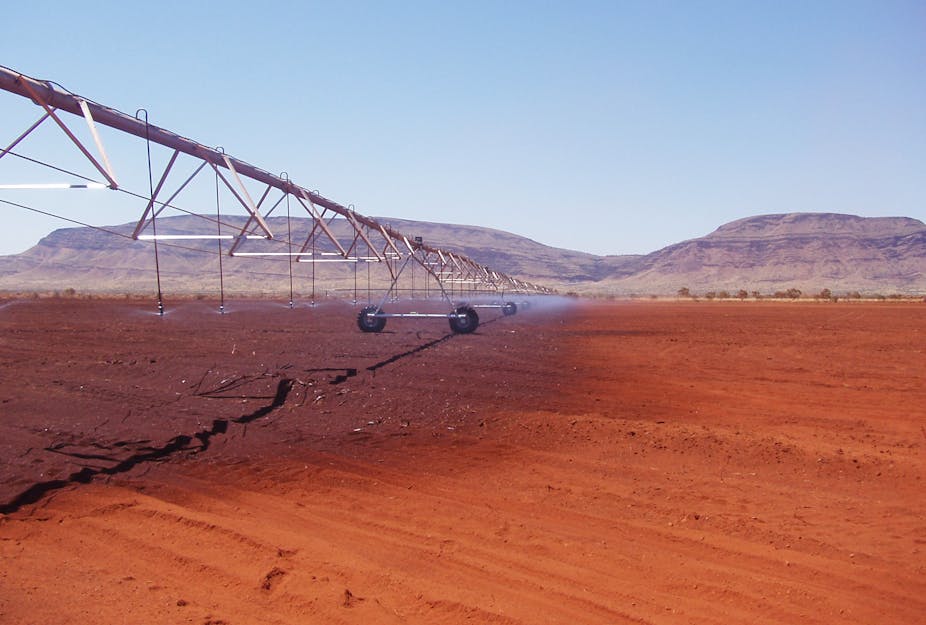You might have heard of smart bugs – viruses that have mutated and become resistant to ordinary antibiotics. But there is another, less well-known microscopic substance that is dangerous to human health – “smart” dirt. So what is smart dirt and what is being done to protect the world from these potentially toxic germs?
What is smart dirt?
Smart dirt is made up of those germs clinging to the surfaces around us that have become resistant to the chemicals normally used to get rid of them.
A massive dose of chemicals could kill these bugs, but this posses a risk to the environment – most are toxic.
The accumulation of surface-adhering micro-organisms such as bacteria and algae is known as biofouling. The available chemical cleaners no longer have an effective impact on almost all areas fundamental to human existence, including the water treatment industry, food industry and energy sectors.
Human survival is threatened
Biofouling has become the biggest hindrance to the development of membrane water treatment plants in South Africa and globally. In the water industry, the filters in water treatment plants can become fouled. This decreases the quality of water and increases operation costs.
Food security is threatened when irrigation systems get worn out and production lines in industrial settings become plagued by biofouling.
The energy sector, including South Africa’s power utility Eskom, is also victim to this plague. Cooling water towers are constantly down due to heavy fouling, which reduces heat exchanger efficiency. The costs of repair run into millions and cooling tower lifetimes are severely shortened.

Why there is hope
Fortunately, nature has also provided a solution to smart dirt. Researchers have discovered that on heavily fouled surfaces, the marine red algae delisea pulcra remained untouched by ocean bacteria and barnacles. A closer look revealed that this marine plant contains substances, “furanones”, that repel bacteria and all other forms of microorganisms from their surface.
In a research project, these furanones were prepared and tested on laboratory-scale water filters. The furanone-modified water filters not only demonstrated self-cleaning behaviour (bacteria repelling), but also the ability to destroy the bacteria which attempted to stick to the filter surfaces.
And since the furanone compound is chemically bound to the material, there is no risk of it leaking into the environment.
Research has shown that the secret to this compound’s effectiveness is that the bugs live together in small communities, referred to as biofilms. They are also in constant communication. Their survival and resistance to certain bug-killing measures relies heavily on this communication.
The presence of furanone compounds stops communication between the bugs. As a result, their destruction is inevitable. Without a “community feel”, these bugs cannot colonise surfaces. Without attachment, they cannot survive.
This technology opens a lot of possibilities in the fight against surface biofouling. It can eliminate the use of chemical cleaners, which are dangerous for the environment and lead to antimicrobial resistance. Smart dirt may be ahead, but the war against biofouling has only just begun.

